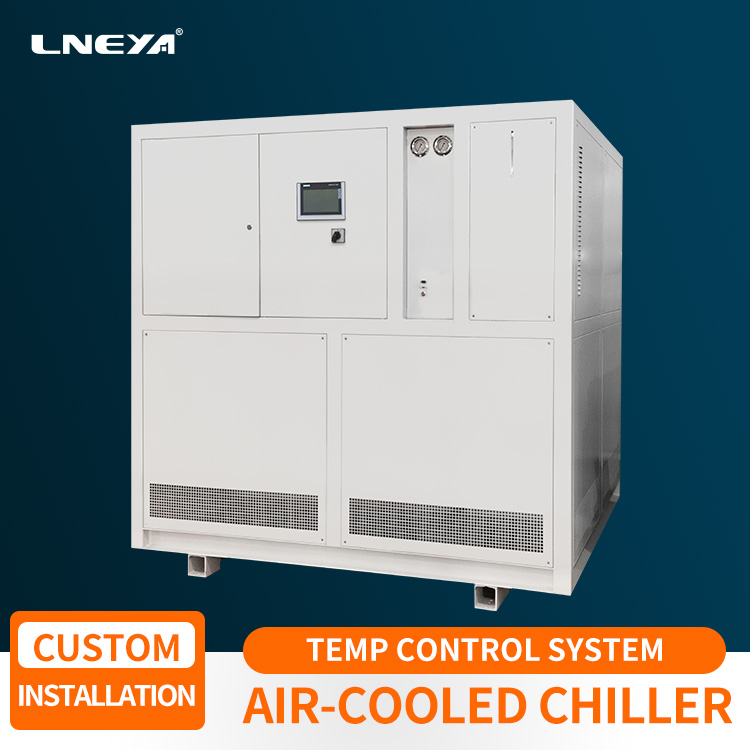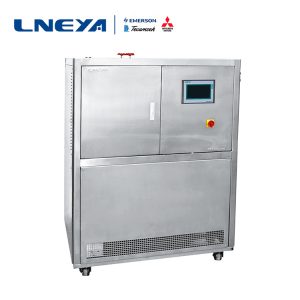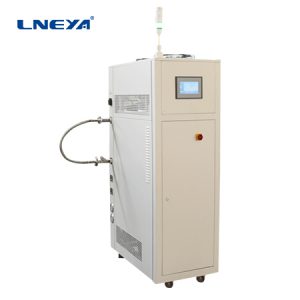Trouble shooting method for refrigeration device of air-cooled chiller chemical reaction kettle
If air enters into the air-cooled chiller refrigeration unit system of the chemical reaction kettle, the impact will be many. Enter the air circulation system first, the pressure will rise, the heat dissipation effect of the condenser will also be affected, and even the air-cooled cold water mechanism refrigeration unit of the chemical reactor will not operate as a result.

Therefore, we must usually develop the habit of inspections, and we should not close one eye when we find abnormalities. If we ignore small problems, they may develop into major problems.
In some cases, equipment problems are caused by long-term use. Machines, like people, always operate, and problems are inevitable. There are two types of air-cooled chiller chemical reaction kettle refrigeration unit, air-cooled and water-cooled, no matter which type, in the case of long-term use, the refrigeration system may leak. But as long as we seize the right time to deal with it, it will not cause any serious impact.
The air-cooled chiller chemical reactor refrigeration unit has entered the air. What we have to think about is how to vent it?
At this time, it depends on what kind of refrigeration system it uses. The ammonia refrigeration system is different from the Freon system.
If it is a Freon system, its bleed operation steps are as follows: close the condenser or liquid reservoir outlet valve; start the compressor; stop; let the high-pressure gas escape from the bypass hole. When the air is exhausted, the screw plug should be tightened, the exhaust valve stem should be reversely rotated, and the bypass hole should be closed.
If it is the pharmaceutical reactor refrigeration unit group of the ammonia refrigeration system, its venting step is as follows:
When using an air separator to discharge air, keep the air separator normally open and all other valves should be closed; the intake valve should be properly opened; the liquid supply valve should be opened slightly; the air discharge valve interface should be opened to the water to see the change of rising bubbles in the water. When stopping the air release, the air release valve should be closed first, in order to prevent ammonia gas from leaking out, and then close the liquid supply throttle valve and the mixed gas inlet valve. The purpose of this is to prevent the pressure in the air vent from rising, and the return valve should not be closed.
Wuxi Guanya (LNEYA) reminds: In order to avoid wasting refrigerant, the time of each deflation should not be too long, and it can be performed multiple times in a row.
Recomendaciones relacionadas
-
How to save energy in the vacuum chamber refrigeration heating thermostat control unit
1236In the environment of energy-saving and emission-reduction operation, how to operate the LNEYA vacuum chamber cooling and heating thermostat control unit is very important. Let's take a look at a few tips to reduce the consumption and see how to u...
Ver detalles -
About high and low temperature cycle machine refrigerant selection instructions
1110In the operation of high and low temperature cycle machines, the presence of refrigerant is essential, and the environmentally friendly mixed refrigerant used by LNEYA is better in terms of performance. The high and low temperature cycle machine h...
Ver detalles -
Sistema integral de pruebas de motores de automóviles de nueva energía
1120When the LNEYA new energy vehicle motor integrated test system is running, the control panel settings are required. At the time of setting, if the user does not know how to use it, you can check the manual for use. The indicator of the new energy ...
Ver detalles -
Analysis of operating parameters and working conditions of automobile power module cooling system
1154Before choosing, you need to know what factors are related to the operating parameters and working conditions of the automotive power module cooling system. Then, from which aspects? 1. Evaporating pressure and evaporating temperature In the ope...
Ver detalles
 LNEYA Enfriadoras industriales Fabricante Proveedor
LNEYA Enfriadoras industriales Fabricante Proveedor














